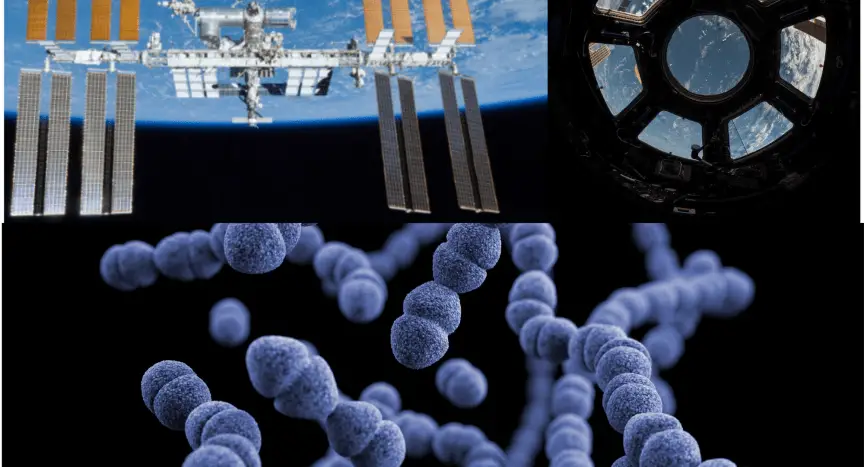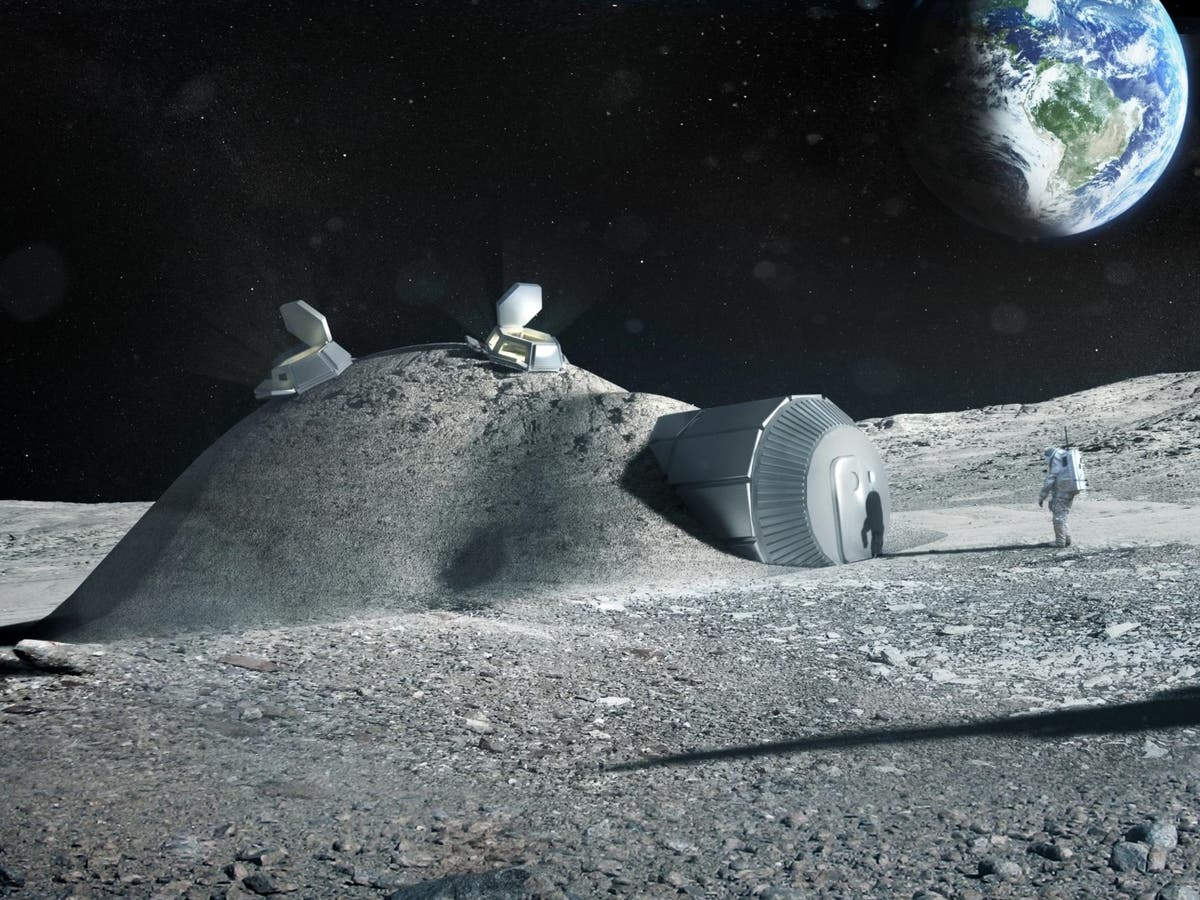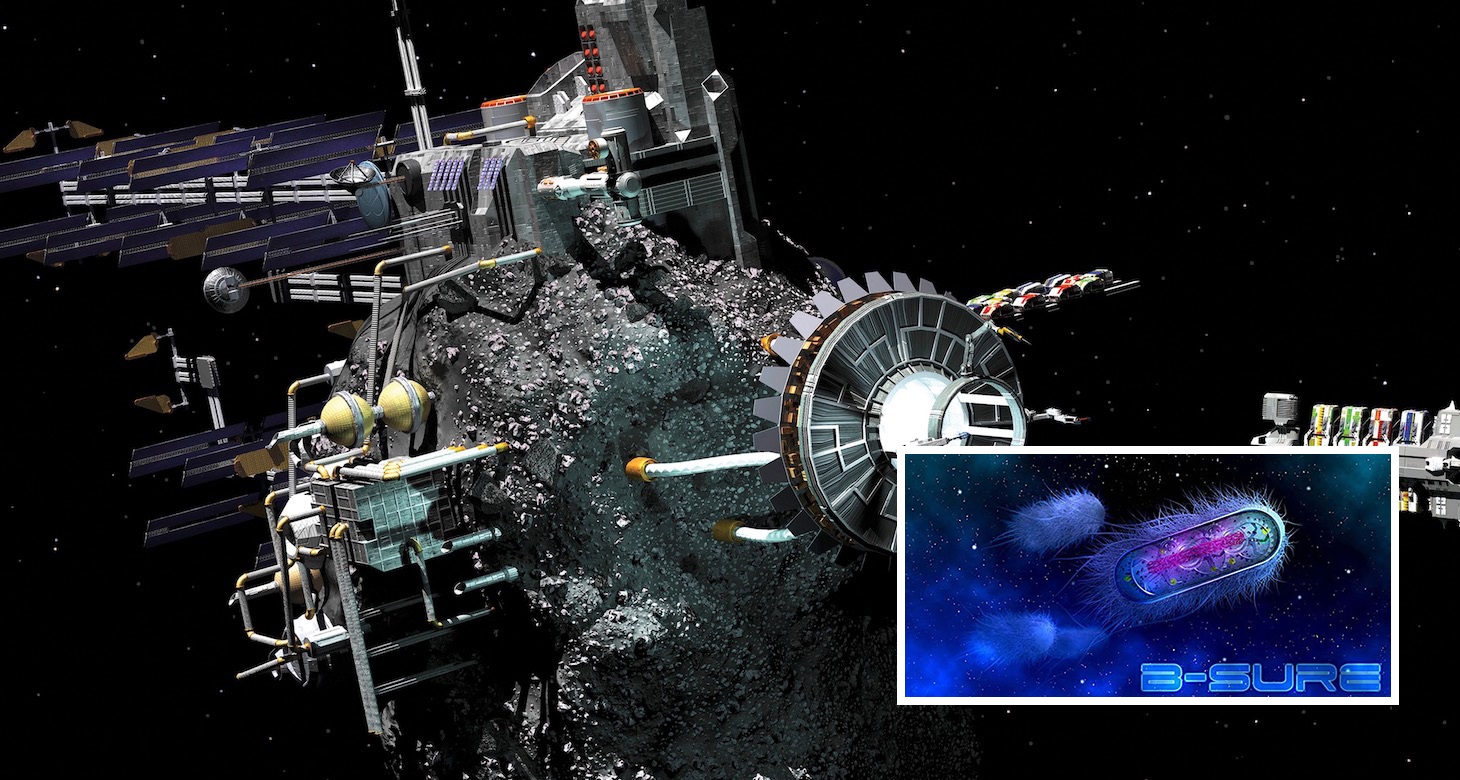The Pentagon’s future-oriented research agency has initiated a new initiative to see whether bio-manufacturing can be done in space, a capacity that may drastically cut the logistical costs of operations in the cislunar orbit and beyond.
B-SURE is for Biomanufacturing: Survival, Utility, and Reliability beyond Earth, and it aims to “address basic concerns regarding the feasibility of employing bacteria to create chemicals and materials in space,” according to Anne Cheever, DARPA’s program manager.
According to a Nov. 22 Broad Agency Announcement seeking business bids, some of those materials might be “vital to national security.”
The Defense Department’s ideal end-game would be in-space manufacture of items like fuel, batteries, and polymers for 3D printing, reducing dependency on fossil fuels. B-goal SURE’s is not to produce microorganisms or their byproducts in space, but to test whether terrestrial bacteria that are currently employed in bio-manufacturing, such as brewer’s yeast or e-coli, can survive in space.
According to Cheever, the B-SURE program has three distinct research tracks: what microbes might be able to “eat” in space or on the surface of the Moon or Mars in order to produce useful materials, the effects of microgravity or zero gravity on microbial growth and production, and the effects of radiation.
She said that the initiative is a first step toward developing an in-space supply chain for on-orbit manufacturing that would be less expensive and more dependable than deploying all of the required ingredients. The results of the B-SURE studies will be used to determine if bio-manufacturing is both viable and cost-effective.
“At the moment, there is no space-based manufacturing capabilities,” Cheever said. “As a result, everything needed for a mission is made on Earth and then delivered to space….” We want to lessen our dependency on a supply chain that is dependent on the Earth.”

On-orbit Manufacturing: Essential To Expanded Space Ops
On-orbit manufacturing has been highlighted by the Space Force as a major enabler of its goals to extend activities beyond Earth orbit. According to DARPA’s B-SURE data page, “continuous research and future growth of orbital manufacturing is a crucial DoD necessity to allow and assure supply chain resilience, ongoing technical supremacy, and asset security and repair for current and future operations.”
According to the SpaceWERX website, the Air Force Research Laboratory’s (AFRL) space innovation center, SpaceWERX, started a new project named Orbital Prime in early November to “invigorate the On-orbit Servicing, Assembly, and Manufacturing (OSAM) sector.”
The program, which is modeled after SpaceWERX’s sister organization AFWERX’s Agility Prime effort to develop a commercial market for so-called flying cars, will use Small Business Innovation Research, Small Business Technology Transfer, and Strategic Funding Increase funding to “drive technology maturation in areas of interest.”

At the same time, the Air Force Research Laboratory (AFRL) announced the establishment of the Deployable Structures Laboratory (DeSel) at Kirtland AFB, which will focus on on-orbit manufacturing in the near-term high-strength materials and satellite structures that will expand the types of missions that small satellites can perform.
According to DARPA’s website, the Novel Orbital and Moon Manufacturing, Materials, and Mass-efficient Design (NOM4D) initiative aims to “pioneer technologies for adaptive, off-earth manufacturing to construct huge space and lunar structures.”
B-SURE and NOM4D, according to Cheever, are unrelated since the latter is focused on classical materials science. “They are complementary, but their methods are fundamentally distinct.”

Feeding Hungry Microbes
Bio-manufacturing is already extensively employed on Earth in the creation of a broad range of products, including medications, meals, and industrial solvents.
In fact, DARPA just announced on Wednesday that Living Foundries, a related synthetic biology project led by Cheever and aimed at producing “molecules and material precursors spanning a wide range of defense-relevant applications such as industrial chemicals, fuels, coatings, and adhesives,” had been completed successfully.
According to the statement, the initiative developed over 1,630 compounds and materials and is “transferring a subset of these innovations to five military research teams from Army, Navy, and Air Force laboratories who cooperated with the agency on testing and assessment during the duration of the program.”
However, most terrestrial bacteria utilized in bio-manufacturing rely on glucose (i.e. sugar), which, of course, does not exist in space. As a result, “alternative feedstocks” are needed for bio-manufacturing, according to Cheever.
According to Cheever, DARPA’s objective is not to produce new meals for bioreactors on Earth. Instead, DARPA wants to explore whether the bio-bugs can ingest “materials on an orbit that are presently considered waste materials created as a consequence of human activities or local natural resources like as sunlight and regolith,” according to the agency’s BAA.
Regolith is a term used to describe dirt from the Moon and Mars. Plastic packaging, so-called “grey water” that flows off from human activities like bathing and domestic cleaning, and “black water,” which contains human feces, are all examples of waste products, according to the BAA. Carbon dioxide and/or sunshine are examples of natural resources.
Mitigating Gravity And Radiation
As NASA’s human exploration program and biology research on the International Space Station has shown, both loss of gravity and unfiltered solar radiation may impact biological processes (ISS).
“On Earth, microbes arose. As a result, they are all designed to create and grow under Earth’s gravity. And when you adjust it, it affects their development patterns, as well as their bio-production,” Cheever said. When it comes to radiation, the queries are similar: “How does that affect their bio-productivity?” “How can we then deal with that?” says the narrator.
The BAA asks for suggestions to address a variety of concerns regarding the effects of “varying gravity,” such as “how is fermentation impacted and can this be leveraged to enhance performance or increase molecule production?” The gravity on the ISS, as well as the Moon and Mars’ surfaces, will be used in the experiments.


